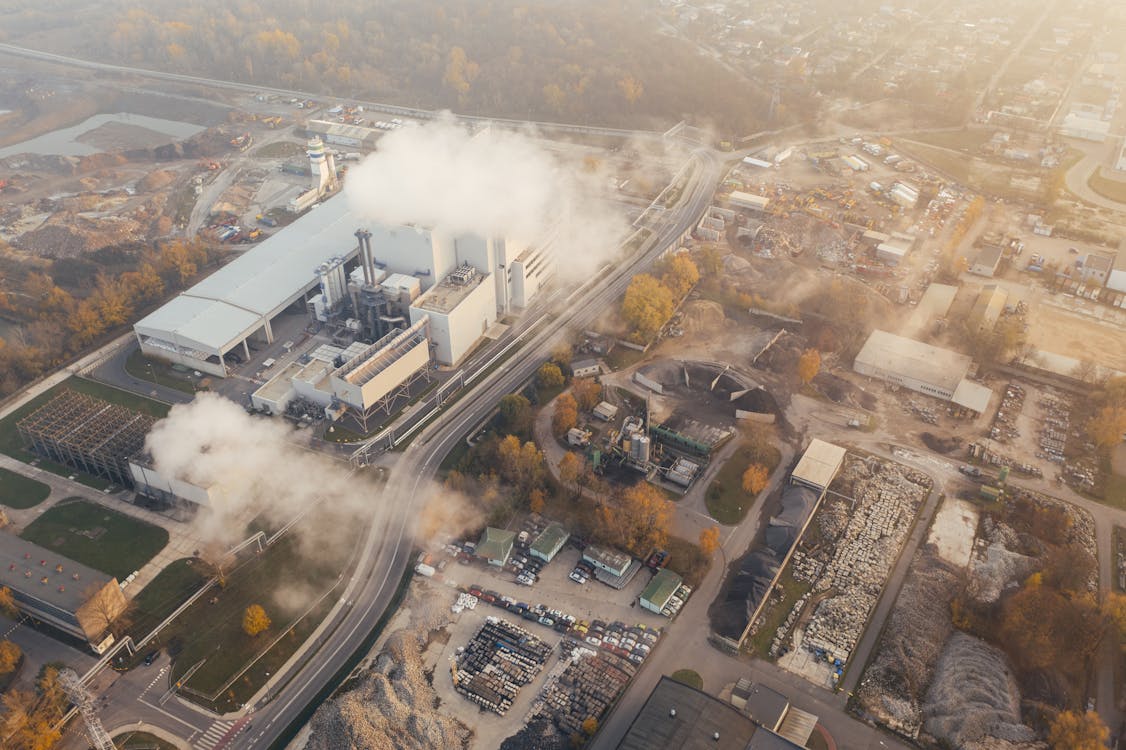
Embracing a New Paradigm: The Urgent Need for Ecological Planning and Sustainable Technologies in the Tech Industry
In recent years, the conversation about climate change and environmental sustainability has gained significant momentum. The world is increasingly recognizing the urgency of reducing our carbon footprint to mitigate the catastrophic impacts of climate change. However, there’s a growing concern that our current efforts, while commendable, may not be sufficient to address the looming crisis effectively. This brings us to two critical issues that demand our attention: the evolving landscape of ecological planning and the role of sustainable technologies in reshaping industries.

The Shifting Dynamics of Ecological Planning
Emmanuel Macron’s recent announcement that ecological planning will be a priority for the upcoming year highlights a significant shift in policy focus. The French government’s commitment to halving the country’s greenhouse gas emissions is a bold step, but it raises an essential question: What areas should we prioritize to achieve this ambitious goal?
The Four Pillars of Ecological Transformation
- Energies and Industries: The push to increase renewable energy’s share in total electricity production from 26% to 34% by 2030 is commendable. The emphasis on solar, offshore wind, and terrestrial wind energy, alongside stringent emission reductions in heavy industries like steel and cement, reflects a proactive approach to ecological sustainability.
- Transportation: The target of 66% electric cars among new vehicle sales by 2030, along with the promotion of carpooling and the expansion of bicycle paths, shows a clear shift towards more sustainable transport solutions. However, the challenge of reducing air traffic remains.
- Buildings: Halving the building sector’s annual emissions involves accelerating comprehensive home renovations and reducing reliance on fuel oil heating. This sector holds significant potential for emission reductions.
- Agriculture: The anticipated increase in organic farming and reduction in nitrogen fertilizers, along with a focus on reducing diesel-powered tractors and methane emissions from livestock, marks a vital shift in agricultural practices.
The European Perspective
Europe’s recent decision to grant significant public subsidies to Arcelor Mittal and ThyssenKrupp for transitioning from coal-based steel production to hydrogen-based methods indicates a willingness to prioritize environmental concerns over strict economic competition. This move, though challenging, underscores the need for substantial clean energy to support such transitions.
Harnessing Sustainable Technologies: The P2P OTT Revolution
In the realm of sustainable technologies, the rise of P2P (Peer-to-Peer) OTT (Over-The-Top) streaming solutions is carving out a new path for the tech industry. This shift towards P2P OTT technologies is not just a trend; it’s a necessity in our fight against climate change. Companies like QUANTEEC are leading this revolution by demonstrating how P2P OTT streaming can drastically reduce energy consumption. Their approach challenges the conventional method of server-based streaming, which often leads to high energy use and increased carbon emissions. QUANTEEC’s innovative P2P OTT technology exemplifies how we can achieve high efficiency in media consumption while significantly lowering our ecological footprint. By rethinking and reshaping the infrastructure of digital streaming, P2P OTT platforms offer a compelling solution to reduce carbon emissions and pave the way for a more sustainable future in the tech industry.
A Call to Action: Embracing P2P OTT for Ecological Transformation
The urgent need for ecological transformation calls for a collaborative effort to embrace and implement P2P OTT technologies. This technology is not just an alternative; it’s a transformative approach that redefines how content is distributed and consumed, leading to substantial energy savings and carbon footprint reduction. As stakeholders in this ecosystem – from content creators to consumers, from policymakers to tech developers – we must collectively endorse and adopt P2P OTT solutions. By integrating P2P OTT into our digital infrastructure, we can create a more sustainable model for streaming services. This shift will not only aid in achieving environmental goals but also offer economic benefits through reduced operational costs. The future of streaming and digital content distribution lies in the widespread adoption of P2P OTT, and it’s time for all of us to actively participate in this green revolution. Together, we can create a sustainable, efficient, and eco-friendly digital world.